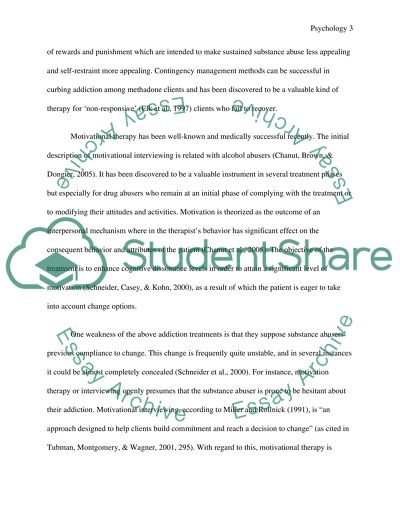Cite this document
(“Addiction Counseling Methods Research Paper Example | Topics and Well Written Essays - 2500 words”, n.d.)
Retrieved de https://studentshare.org/psychology/1390764-addiction-counseling-methods
Retrieved de https://studentshare.org/psychology/1390764-addiction-counseling-methods
(Addiction Counseling Methods Research Paper Example | Topics and Well Written Essays - 2500 Words)
https://studentshare.org/psychology/1390764-addiction-counseling-methods.
https://studentshare.org/psychology/1390764-addiction-counseling-methods.
“Addiction Counseling Methods Research Paper Example | Topics and Well Written Essays - 2500 Words”, n.d. https://studentshare.org/psychology/1390764-addiction-counseling-methods.


